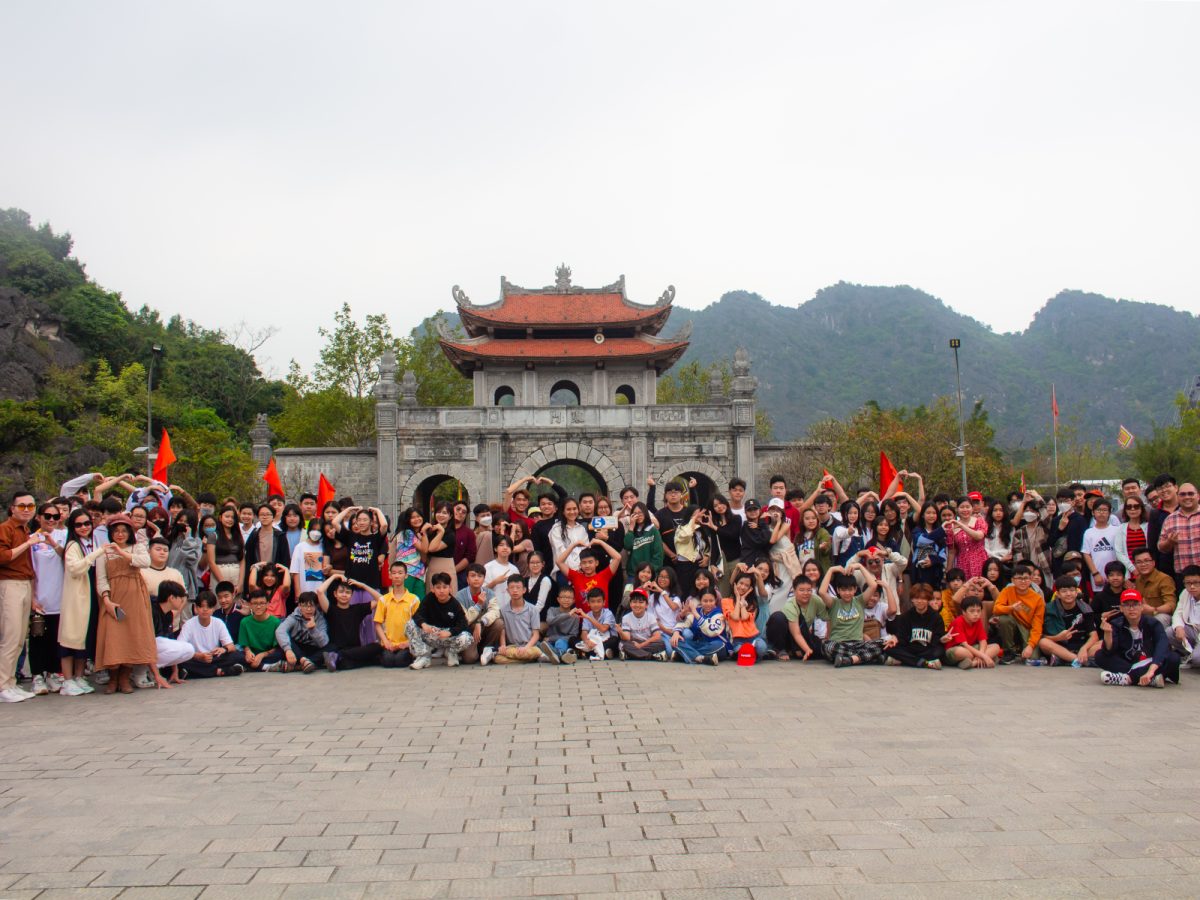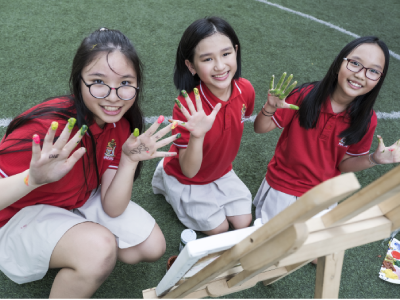
Being a beginning of a big change in America and the future of education, STEAM is formed by “STEM” and “Art”. STEM which stands for Science – Technology – Engineering – Mathematics was applied into education over the years and is the leading education method at the moment. STEM focuses on teaching students the above 4 fields. However, modern education highly evaluates the importance of Art in promoting innovation and creativity, that’s why STEAM was introduced into education.
STEAM is a creation from the Rhode Island School (America), and is been used by many educators across the country. It’s a new education approach, that Science, Technology, Engineering, Art and Mathematics are used to teach students. STEAM is a shift from the traditional education score based method to a modern and ideal one that both the learning process and results are highly appreciated.
Why do we need Art?
On May 05th 2011, the Committee on Art and Humanities of President Obama issued a report “Reinvesting in Art Education: Winning America’s Future Through Creative Schools” at Art Education Partnership (AEP) Conference. This report clearly stated that “when students participate in the art they are four times more likely to be recognized for academic achievement, have higher GPA/SAT scores, and demonstrate a 56 percent improvement in spatial-temporal IQ scores. They show significantly higher levels of mathematics proficiency by grade 12, are more engaged and cooperative with teachers and peers, and are more self-confident and better able to express their ideas”. The report proves importance of connecting art, culture, creativity and innovation, and points out an urgent need of building a new curriculum to reform America education.
We seem to forget that real innovation doesn’t come from a mathematics equation, technology or a new type of chemical, it comes from art, design or simply ourselves. No matter direct or indirect, innovation in life or in scientific fields always connects to human experiences by some way. Human experiences are created via listening to music, seeing a work of art, singing or drawing… Art also helps you to see things in a natural and easy way and in open space. Our world is built by inquiring minds or convergent thinkers. However, artists, designers or divergent thinkers are people who bring us countless possibilities. Huge innovations are made when we know how to combine convergent thinking and divergent thinking each other.
Dr. Jerome Kagan, an Emeritus professor at Harvard University and one of the most famous and respected in the 20th century, said art contributes to foster people’s learning performance amazingly, because art subjects often combine 3 main tools used by human brain to receive, store and communicate knowledge: mobility skills, imagination via senses, and language. Dr. Jerome Kagan gave a speech about this topic at the John Hopkins Learning, Art, and the Brain Summit in 2009. He said: “Art and music require the use of both schematic and procedural knowledge and, therefore, amplify a child’s understanding of self and the world”.
With this realization, educators in America are merging art and other science subjects. At Wolf Trap Institute (Virginia), the educators are combining dancing to mathematics and geometry. Meanwhile, a researcher of Massachusetts Institute of Technology, Jie Qi had an introduction of paper-based electronics, as part of her thesis, to students at the Rhode Island School. It opened using technology in expressive art. Her presentation excited these students about their science subjects, as well as promoting their imagination. Bringing science and imagination together is considered as perfect combination that helps our education to move forward and take new steps in development.
Creativity is always a secret “ingredient” of a perfect education
We know that the next generation will probably have to overcome huge challenges that require creative solutions, and STEM could not provide that solution. Hence STEAM was created as the engagement of art is extremely important to students from Kindergarten to grade 12. By bringing these elements into our education, students can approach Science, Technology, Engineering, and Mathematics easier, and make sure our innovation journey continues and creativity does not to fall behind. Private companies, enterprises or organizations used to look for talented staff from big universities, but now are seeking for someone who has creativity ability and brings them unique problem solving skills and deep understanding of human experiences.
Recently, in the best-seller book by Walter Isaacson about Steve Jobs’ quoted, Jobs saying: “Many of Apple’s most talented engineers are accomplished in music or another art form”. Lisa Phillips, an author, journalist, and an educator of leadership and art, also listed down 10 skills that young students can learn through studying art:
- Creativity
- Confidence
- Problem Solving
- Perseverance
- Focus
- Non-Verbal Communication
- Receiving Constructive Feedback
- Collaboration
- Dedication
- Accountability
Students who have talent in art are comprehensively taught art, and now it has an important impact on societies’ innovation. They can help to solve serious global issues, give creative solutions to help solve environment and social challenges.
Our education program is required to teach Science, Technology, Engineering, Mathematics and Art harmoniously and educate the next generation comprehensively, to foster their inner creativity. We need new ideas and new solutions for issues at the present time and in the future. We need to waken “artists” inside our young generations so that they can become real global citizens.
I believe that shift from STEM to STEAM is necessary to improve our education. Whether or not you are an artist, a designer, an engineer, a scientist, changing from STEM into STEAM is urgently needed now; creativity is a prerequisite for our education. No one can deny the importance of art in education, which brings innovation to our life and for our future.







